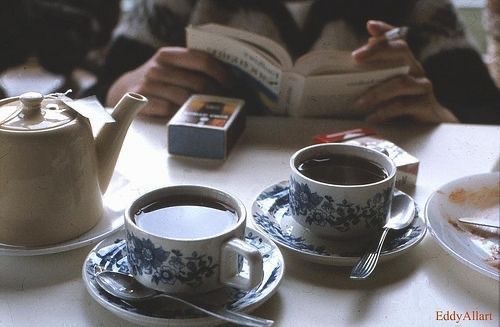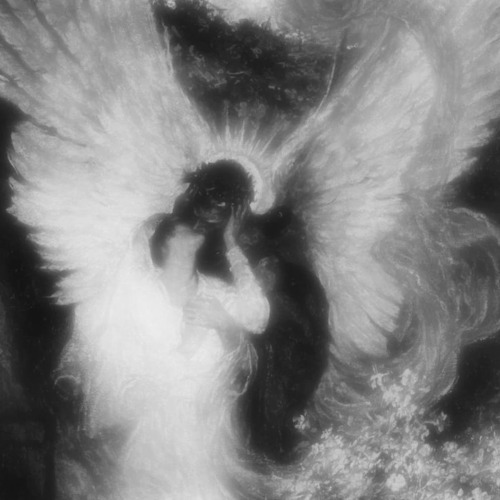
bearieblues
☽༺♡༻☾
147 posts
Latest Posts by bearieblues

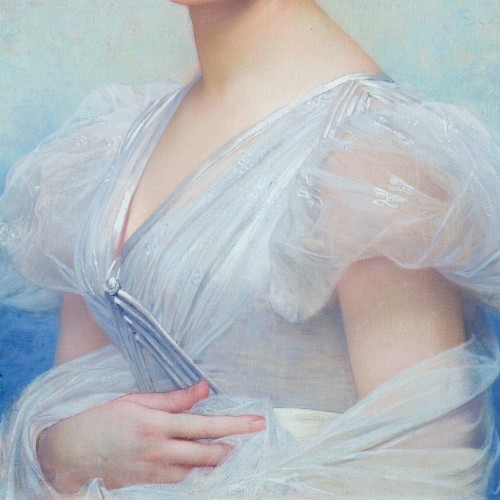
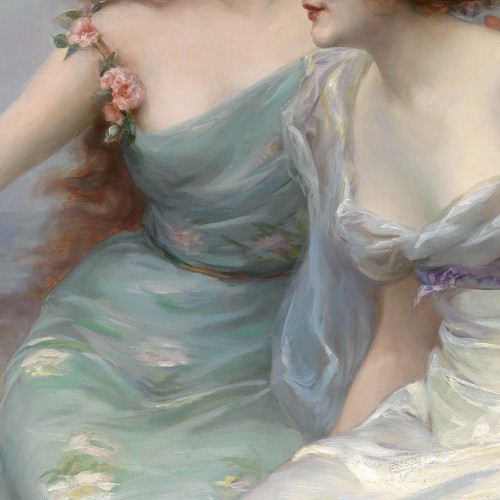
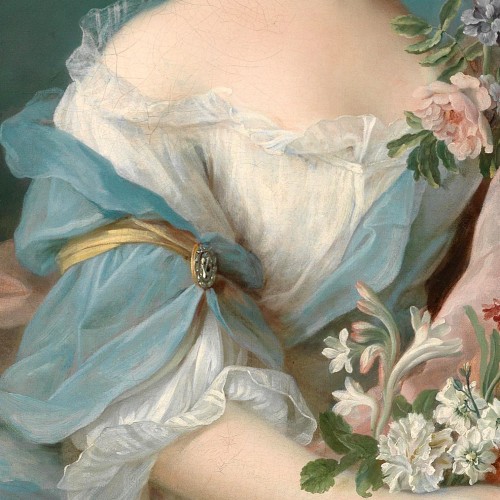
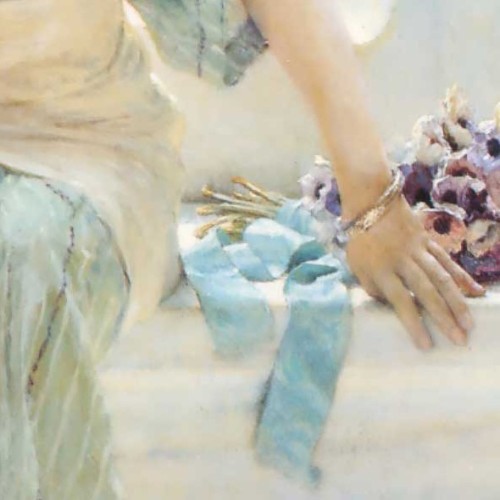
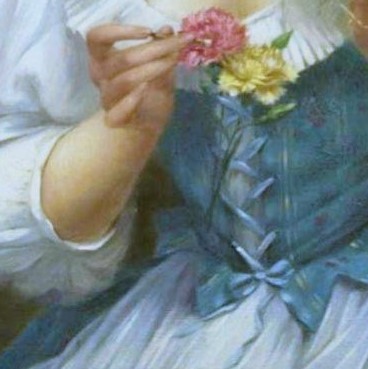
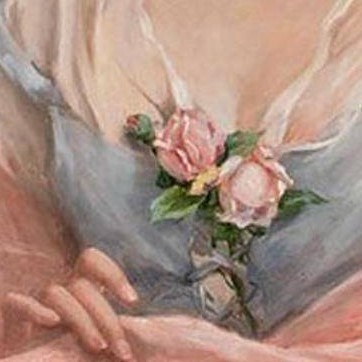
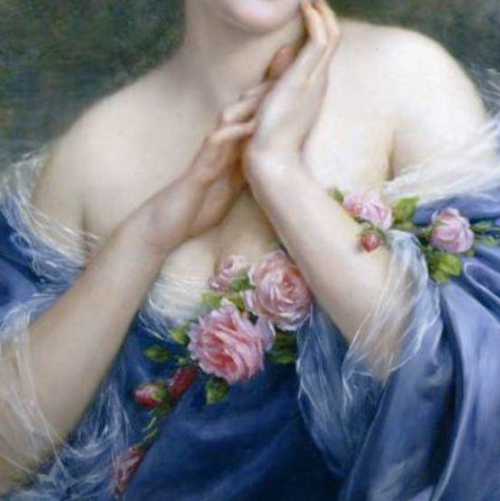

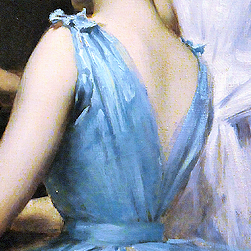
Blue in paintings of women ♥
Jules Joseph Lefebvre; Édouard Bisson; François-Hubert Drouais; Lawrence Alma Tadema; François Martin-Kavel; Christian Schloe; Irving Ramsay Wiles
Hello hello! I love your blog and its really helping me get back into writing after an uncomfortably long burnout break. My question is how would you write a character slowly going insane because of their circumstances and the things they are forced to endure to go through them? Thank you so much in advance?
Hi, I'm so glad you've been finding it helpful! I went over some of this in a bit more detail in my previous post answering a similar question (how to write a character slowly going insane from their world going out of their control), but it won't hurt to address it again.
Have a Baseline:
When writing a character who is slowly going insane due to external factors and challenges, it's important to start by introducing your character at a point where they're relatively stable mentally, showing their personality, goals, and relationships to give a general idea of how their life normally was before the deterioration of their mental stability. This will allow the readers to see for themselves what changes and shifts occurred, as well as their consequences.
Stressors:
Identify the key events or circumstances that will gradually wear down your character's sanity—whether it be external factors (intense stress, a traumatic experience, isolation, facing a series of challenges they aren't equipped or prepared to handle), internal, or both. In any case, it's important to have a clear reason in place.
Internal Struggle:
As the character starts to feel more and more pressure and stress, the initial signs of distress will start to show, both in their thoughts and behaviour. Using internal monologue or stream-of-consciousness narration to show their mental state. It may start with the character questioning themselves and behaving irrationally, then change to risky or self-destructive behaviour as their perceptions become increasingly distorted.
Thanks for asking! Happy writing ❤
heartbreak through body language in Men
A drooping posture can convey a sense of defeat and sadness. Keep shoulders slightly slouched, and avoid standing tall or with a straight back.
Facial expressions play a crucial role. A downturned mouth, furrowed brows, and a distant or vacant gaze can all indicate inner turmoil and heartache.
Men often avoid eye contact when they're feeling vulnerable. If you're experiencing heartbreak, you might find yourself looking down or away when speaking to others.
Restlessness can manifest in various forms, such as tapping fingers, bouncing legs, or constantly shifting positions. This indicates inner turmoil and an inability to find peace.
Movements may become slower and less purposeful when someone is experiencing emotional pain. This can include gestures like reaching for objects or adjusting clothing.
Men in heartbreak might withdraw from social interactions or participate less actively in conversations. They may seem physically present but emotionally distant.
Deep, heavy sighs are often involuntary reactions to emotional distress. They signify a release of tension and an underlying sense of sadness.
Heartbreak can drain one's energy. You may notice a decrease in enthusiasm, vitality, and overall liveliness in how you carry yourself and engage with others.
Crossing arms, hunching shoulders forward, or clasping hands in front of the body can create a barrier between oneself and others, reflecting emotional guardedness and pain.
Gestures may become less expressive and more restrained. Hand movements may be smaller in scale and less animated compared to usual.
🎁 20 Random Writing/Art Prompts 🎁
Handy Man
Small Talk
Just a Bite
Pair Up
Cut Above
Bright Idea
In the Office
Shine a Light
Star Attraction
It's a Crime
All Talk
Meeting Place
You're the Boss
Taking Shape
Be Lucky
Safe Haven
Mail Bag
Keep Fit
Laundry List
Fire Fight
NPC/Third Party Sentences
These are either prompts for a drabble, or a starter if sender’s muse wants to ‘overhear’ receiver’s muse answering these! feel free to specify the NPC if that floats your boat, otherwise they’ll just be a random NPC (a shopkeeper, a mutual friend, the bus driver, etc).

Said by a third party (an NPC):
[ABOUT SENDER] -> “I’d be careful around them, if I were you.”
[ABOUT SENDER] -> “I can’t remember the last time I saw them this happy.”
[ABOUT SENDER] -> “How did you meet them?”
[ABOUT SENDER] -> “You should try to patch things up.”
[ABOUT SENDER] -> “Maybe they stood you up.”
[ABOUT SENDER] -> “They’re pushy.”
[ABOUT SENDER] -> “They’re greedy.”
[ABOUT SENDER] -> “Do you think you could put in a good word for me?”
[ABOUT SENDER] -> “Are you in love with them?”
[ABOUT SENDER] -> “Are you two dating?”
[ABOUT SENDER] -> “Hey, doesn’t [name] live/work in that building?” (that just collapsed etc?)
[ABOUT SENDER] -> “They’re kind, but they’re pretty naive.”
[ABOUT SENDER] -> “I didn’t think you’d stick around for them.”
[ABOUT SENDER] -> “Are you here for [name]?”
[ABOUT SENDER] -> “You’re listed as [name]’s emergency contact, is that right?”
[ABOUT SENDER] -> “Have you heard from [name] today? They didn’t come in to work/therapy/etc.”
[ABOUT SENDER] -> “Are you going to hurt them?”
[ABOUT SENDER] -> “They think they’re safe with you. Are they right?”
[ABOUT SENDER] -> “Do you know who they are? Like, who they really are?”
[ABOUT SENDER] -> “Don’t you know what they did?”
[ABOUT SENDER] -> “Aren’t you scared of them?”
[ABOUT SENDER] -> “You should stay away from them.”
[ABOUT SENDER] -> “Well, they’re not here, are they?”
[ABOUT SENDER] -> “You should see this. There’s a news article about them.”
🎊 20 Random Writing/Art Prompts
About the Boy
All Girls Together
Art Master
At the Airport
Time and Place
It's An Honour
Stitched Up
Home Work
Direct Route
Jewel Box
Testing Time
On a Musical Note
Lend a Hand
Follow Orders
Snake Pit
Flower Child
Teething Troubles
Documentation
Strings Attached
Home Front
Subplot Romance
Over the years I’ve created some twitter threads on writing and history and I’ve decided it’s a good time to start compiling and sharing them on this Tumblr. I’m going to tag them “writing”.
-
Here’s what I’ve learned about writing subplot romance. (People who write genre romance probably already know this stuff. It’s those of us who are mainly leavening romantic subplots into fantasy novels that need this info).
1. Romance = fundamentally character-driven. All internal conflict & internal growth. (Can these two trust each other? Will their character flaws drive them apart?) The more study you put into creating characters and building character arcs, the better your romantic writing.
A romance arc is not the SAME as a character arc, but it 100% NEEDS solid character work undergirding it.
2. Romance needs two ingredients: a compelling reason for the characters to be TOGETHER, & a compelling reason for them to be APART. This forms the conflict in the romance so do not skimp on either.
Eg, a common mistake in male-penned stories: female lead has no compelling reason to want male lead. “He’s a good-looking warrior dedicated to winning her throne!” Yeah nah, she’s literally surrounded by good-looking warriors dedicated to winning her throne, why’s he different?
3. Romance needs chemistry = a believable spark of attraction. Something that blew my mind when I realised it: romantic chemistry =/= sexual chemistry. Sexual chemistry (purely physical attraction) is simply PART of romantic chemistry.
Romantic chemistry is a good deal broader. (Read/watch some good romances to see how chemistry is built by different storytellers. One fave of mine is the Romola Garai EMMA. Peerless friends-to-lovers chemistry. Watch the actors’ body language; the way they gravitate to each other; the way their faces light up)
Chemistry tip A: if the driver behind sexual chemistry is lust, the driver behind romantic chemistry is trust. Protag needs/wants someone to trust. It’s the way you play with trust/distrust that will create romantic tension.
eg: love interest holds protag’s hand. With sexual chemistry, protag simply feels a jolt at the contact. With romantic chemistry, protag feels comforted and trustful - then betrayed when it turns out LI is tracking her pulse to see if she’s lying to him (see: MISS SHARP 😇)
Chemistry tip B: if protag is falling for someone, that person should occupy their mind. LI should be mentioned/thought of each scene, even when absent. When present: LI consistently provokes unaccustomed emotion - either positive or negative, depending.
Chemistry tip C: make the characters their best/most lovable/most iconic selves when with each other. Quirkiness, smarts, hilarity. Make these the most fun character scenes in the book & the audience will ship them. Passionately.
4. Build romantic chemistry/attraction through escalating moments of trust and tension. If aiming for happily-ever-after(HEA)/for-now(HFN), then the overall arc is towards greater trust, but you need those moments of tension to give the big payoff scenes appropriate catharsis.
OTOH, if you’re writing a tragic/backstabby romance, you need the trust/comfort moments in order to sell the big tragedy/betrayal.
5. Trust, comfort, & happiness are POWERFUL. This is what genre romance thrives upon. Even in dark/spiky stories, the most surprising thing in the story can be the moment when the LI DOESN’T betray the protag. That too can be wildly cathartic. Use it.
6. Just as character-driven skills help you with romance, so if you master romantic writing, you’ll be better able to write ALL types of relationship - platonic, friendly, hostile.
OK that’s all so far. Two book recs: ROMANCING THE BEAT by Gwen Hayes & THE HEROINE’S JOURNEY by Gail Carriger teach you the rules/expectations of genre romance so you’ll know what the rules are for a happy romance subplot & how to break them for a tragic version.
May Prompts
post-magic
around the corner
geometry
antlers
display
ginger
divine will
mitochondria
carapace
amazement
spouse
uprising
guard
taking control
local birds
a version of you
her
aftermath of the heartbreak
preacher
last fragments
bioluminescence
eastern
generational trauma
moss
squabble
oven
abandoned laboratory
young president
charlatan
softened memory
the other life
Writing Rage: How To Make Your Characters Seem Angry

Anger is a powerful emotion that can add depth and intensity to your character's personality. If you're facing issues realistically expressing your characters' rage, here are some quick tips to help you get the ball rolling. Whether your character is seething with quiet rage or exploding in a fit of fury, these tips will help you convey their emotions vividly to your readers.
This is blog one in my writing different emotions series. Go check it out to explore more emotions!
Facial Expressions
Furrowed Brows: Describe the deep lines between their eyebrows, signaling frustration or intensity.
Tightened Jaw: Mention their clenched jaw, indicating suppressed anger or tension.
Narrowed Eyes: Highlight how their eyes narrow, showing suspicion, irritation, or anger.
Raised Upper Lip: Note the slight curl of the lip, suggesting disdain or contempt.
Flared Nostrils: Describe how their nostrils flare, indicating heightened emotions like anger or aggression.
Body Language and Gestures
Crossed Arms: Show their defensive stance, portraying resistance or defiance.
Pointing Finger: Describe them pointing accusatively, conveying aggression or assertion.
Fist Clenching: Mention their clenched fists, symbolizing anger or readiness for confrontation.
Hand Gestures: Detail specific hand movements like chopping motions, indicating frustration or emphasis.
Aggressive Posturing: Describe them leaning forward, invading personal space to intimidate or assert dominance.
Posture
Tense Shoulders: Highlight their raised or tense shoulders, indicating stress or readiness for conflict.
Upright Stance: Describe their rigid posture, showing control or a desire to appear strong.
Stiff Movements: Mention their jerky or abrupt movements, reflecting agitation or impatience.
Eye Contact
Intense Stares: Describe their intense or prolonged gaze, signaling confrontation or challenge.
Avoiding Eye Contact: Note how they avoid eye contact, suggesting discomfort or a desire to disengage.
Glaring: Mention how they glare at others, conveying hostility or disapproval.
Dialogue
Raised or strained tone with variations in pitch reflects heightened emotions.
Short, clipped sentences or abrupt pauses convey controlled anger.
Use of profanity or harsh language intensifies verbal expressions of anger.
Volume increase, from whispers to shouts, mirrors escalating anger levels.
Monotonous or sarcastic tone adds layers to angry dialogue.
Interruptions or talking over others signify impatience and frustration.
Aggressive verbal cues like "I can't believe..." or "How dare you..." express anger explicitly.
Reactions
Physical Reactions: Detail physical responses like increased heart rate, sweating, or trembling, showing emotional arousal.
Defensive Maneuvers: Describe how they react defensively if someone tries to touch or talk to them, such as stepping back or raising a hand to ward off contact.
Object Interaction
Aggressive Handling: Show them slamming objects, throwing things, or gripping items tightly, reflecting anger or aggression.
Use of Props: Mention how they use objects to emphasize their emotions, like slamming a door or clenching a pen.
Descriptive Words:
Verbs:
Roared with fury, expressing unbridled anger.
Snapped in frustration, indicating sudden irritation.
Shouted angrily, releasing pent-up emotions.
Glared fiercely, showing intense displeasure.
Slammed objects in rage, symbolizing anger's physical manifestation.
Grunted in annoyance, displaying impatience.
Raged vehemently, portraying uncontrolled anger.
Adjectives:
Furious and incensed, conveying intense anger.
Seething with rage, bubbling beneath the surface.
Livid and fuming, exhibiting visible anger.
Agitated and irritated, showing growing impatience.
Enraged and wrathful, expressing extreme anger.
Vexed and irate, indicating annoyance.
Infuriated and incandescent, highlighting explosive anger.
Looking For More Writing Tips And Tricks?
Are you an author looking for writing tips and tricks to better your manuscript? Or do you want to learn about how to get a literary agent, get published and properly market your book? Consider checking out the rest of Haya’s book blog where I post writing and publishing tips for authors every Monday and Thursday! And don’t forget to head over to my TikTok and Instagram profiles @hayatheauthor to learn more about my WIP and writing journey!
🎐 20 Random Writing/Art Prompts 🎐
Cartoon Time
Bonding
The Entertainers
What a Saint
It's a Scandal
Dinner Time
Mail Trail
Hair Care
Who's In Charge?
So Saucy
Double Up
Battle Ground
Theatre Time
Spaced Out
Art Attack
Bird Watching
In a Stew
Step to It
Can You Speak…?
Machine Mayhem

Writing Weapons (1): Swords
The Thrusting Sword
Type of fight scene: entertaining, duels, non-lethal fights, non-gory deaths, swashbuckling adventure
Mostly used in: Europe, including Renaissance and Regency periods
Typical User: silm, male or female, good aerobic fitness
Main action: thrust, pierce, stab
Main motion: horizontal with the tip forward
Shape: straight, often thin, may be lightweight
Typical Injury: seeping blood, blood stains spreading
Strategy: target gaps in the armous, pierce a vital organ
Disadvantage: cannot slice through bone or armour
Examples: foil, epee, rapier, gladius
The Cleaving Sword
Type of fight scene: gritty, brutal, battles, cutting through armour
Typical user: tall brawny male with broad shulders and bulging biceps
Mostly used in: Medieval Europe
Main action: cleave, hack, chop, cut, split
Main motion: downwards
Shape: broad, straight, heavy, solid, sometime huge, sometimes need to be held in both hands, both sides sharpened
Typical Injury: severed large limbs
Strategy: hack off a leg, them decapitate; or split the skull
Disadvantage: too big to carry concealed, too heavy to carry in daily lifem too slow to draw for spontaneous action
Examples: Medieval greatsword, Scottish claymore, machete, falchion
The Slashing Sword
Type of fight scene: gritty or entertaining, executions, cavalry charge, on board a ship
Mostly used in: Asia, Middle East
Typical user: male (female is plausible), any body shape, Arab, Asian, mounted warrior, cavalryman, sailor, pirate
Main action: slash, cut, slice
Main motion: fluid, continuous, curving, eg.figure-eight
Shape: curved, often slender, extremely sharp on the outer edge
Typical Injury: severed limbs, lots of spurting blood
Strategy: first disable opponent's sword hand (cut it off or slice into tendons inside the elbow)
Disadvantage: unable to cut thorugh hard objects (e.g. metal armor)
Examples: scimitar, sabre, saif, shamshir, cutlass, katana
Blunders to Avoid:
Weapons performing what they shouldn't be able to do (e.g. a foil slashing metal armour)
Protagonists fighting with weapons for which they don't have the strength or build to handle
The hero carrying a huge sword all the time as if it's a wallet
Drawing a big sword form a sheath on the back (a physical impossiblity, unless your hero is a giant...)
Generic sword which can slash, stab, cleave, slash, block, pierce, thrust, whirl through the air, cut a few limbs, etc...as if that's plausible
adapted from <Writer's Craft> by Rayne Hall

Structuring Your Fight Scene
adapted from <Writer's Craft> by Rayne Hall
Suspense
Show your characters gearing up, readying themselves.
The pace is slow, the suspense is high (use suspense techniques)
Provide information about terrain, numbers, equipment, weapons, weather.
May have dialogue as the opponents taunt each other, hurl accusations, or make one final effort to avoid the slaughter.
Don't start too early - we don't need to see the hero getting out of bed, taking a shower and having tea.
2. Start
Fighters get into fight stance: knees slightly bent, one leg forward, abdominal muscles tensing, body turned diagonally, weapons at the ready.
Each side will usually try to be the first to strike, as this will give them advantage.
The movements in this section need to be specific and technically correct.
3. Action
This section may be quick or prolonged. If prolonged, no blow-by-blow descriptions are needed.
Focus on the overall direction of the fight
Make use of the location to make characters jump, leap, duck, hide, fall, etc.
Mention sounds of weapons
4. Surprise
Something unexpected happens: building catches fire, a downpour, relief force arrives, staircase collapses, bullet smashes into the only lightbulb and everything goes dark, hero losses his weapon, etc.
Add excitement, raise the stakes.
5. Climax
Both sides are tired and wounded
The hero is close to giving up, but is revived with passion
Move to the terrain's most dangerous spot: narrow swining rope-bridge, a roof-edge, sinking ship, etc.
Don't rush the climax! Hold the tension
6. Aftermath
The fight is over: bes buddies lying dead, bandaging, reverberating pain, etc.
Use sense of sight and smell
The hero may experience nausea, shaking, tearfulness or get sexually horny
Fight scene length
Historical/adventure/fantasy: 700-1000w
Romance: 400-700w
Unleashing the Power of Inspiration: Crafting Original Fiction from Beloved Books and Movies

As writers and authors, we often find ourselves captivated by the worlds created in our favorite books, TV shows, and movies. The characters, settings, and narratives leave an indelible mark on our creative minds, inspiring us to weave our own tales of wonder. However, it's essential to strike a delicate balance between drawing inspiration and avoiding the pitfalls of outright copying. In this article, I'll help you explore effective strategies for infusing inspiration from beloved sources into your own fiction book while maintaining authenticity and originality.
Checklist for Effective Incorporation of Inspiration:
Before we dive into the details, let me provide you with a handy checklist to ensure you're harnessing inspiration in a responsible and imaginative manner:
Identify key elements: Analyze your favorite book, TV show, or movie and pinpoint the aspects that resonate with you the most. These elements could include character development, plot structure, world-building, or even the emotional journey.
Seek multiple sources: Broaden your horizons by drawing inspiration from various sources, rather than solely relying on one. This will help you create a unique blend of ideas and themes while avoiding the risk of replicating a single work.
Understand the essence: Delve deeper into what makes your favorite works truly special. Analyze the underlying themes, motifs, and messages conveyed. By grasping the essence of these stories, you can extract the core elements that resonate with you and apply them thoughtfully in your own work.
Adapt, don't copy: Rather than replicating specific characters or plotlines, focus on adapting the essence of your favorite works to suit your unique story. Ask yourself how you can capture the emotions, atmosphere, or philosophical questions that made those works impactful and translate them into your own voice and narrative.
Combine with personal experiences: Infuse your story with your own life experiences, emotions, and observations. By blending external inspiration with your personal perspective, you can create a rich tapestry that reflects your unique voice and vision.
Embrace originality: Strive to bring something fresh and innovative to the table. Instead of emulating your favorite works verbatim, use them as a springboard to explore uncharted territory, experiment with new ideas, and develop your own creative style.
When incorporating inspiration into your fiction book, it's crucial to approach the process with a keen eye for adaptation rather than replication. Take a moment to reflect on what specifically draws you to your favorite books, TV shows, or movies. Is it the intricate world-building, the captivating plot twists, or the depth of the characters? Understanding the essence of what makes these works special allows you to extract the core elements that resonate with you and apply them thoughtfully in your own narrative.
For instance, let's say you're enthralled by the rich and immersive world-building of a particular fantasy series. Instead of attempting to recreate the exact setting or magical system, focus on the underlying principles that make it captivating. Is it the intricate interplay between magic and politics? The complex relationships between different species or factions? By identifying these foundational aspects, you can adapt them to suit your own fictional universe, infusing it with a unique twist that aligns with your overarching vision.
Similarly, examine the characters that have left a lasting impact on you. What qualities do they possess that make them memorable and relatable? Is it their internal conflicts, their emotional journeys, or their growth throughout the story? Rather than replicating these characters outright, delve into the essence of what makes them compelling. Then, apply those qualities to your own characters, infusing them with your unique perspectives and distinctive traits. By doing so, you'll create a fresh cast that embodies the spirit of your inspiration while remaining authentic to your story.
It's also essential to complement external inspiration with your personal experiences and observations. Draw from your own life to add depth and authenticity to your narrative. Incorporate elements of your own emotions, struggles, and triumphs, weaving them seamlessly into the fabric of your story. This infusion of personal touch not only enhances the originality of your work but also allows readers to connect with your characters and themes on a deeper level.
Ultimately, the key to effectively incorporating inspiration lies in embracing originality. While it's natural to be influenced by the works that have touched us profoundly, it's equally important to bring something fresh and innovative to the table. Use your favorite books, TV shows, and movies as a springboard to explore uncharted territory, experiment with new ideas, and develop your own creative style. By doing so, you'll create a fiction book that not only pays homage to your sources of inspiration but also stands on its own as a unique and captivating piece of literature.
Drawing inspiration from your favorite books, TV shows, and movies can be a powerful tool for any writer. By conscientiously adapting the essence of these works, combining them with your personal experiences, and infusing them with originality, you can craft a fiction book that resonates with readers while maintaining your own distinct voice. Remember, the key lies in taking the inspiration and transforming it into something entirely new, breathing life into your own imaginative world. So, go forth, let your favorite stories inspire you, and create masterpieces that will captivate readers for generations to come.

💎 20 Random Writing/Art Prompts 💎
Happy Birthday
It's Love
Clean Up
Court Order
Hotel Booking
Motor Racing
Be Brief
Driving Hazards
Talkative
Book Keeping
In Colour
X Marks the Spot
Get a Grip
Eye Test
Authorized
Treasure Quest
Film Clip
Spring Clean
Sail Away
Big Deal

currently obsessed with the theme/trope of history is repeating itself. how could it not? it was always going to be this way.
“Give him to me.”
“I can’t. Not yet, at least.”
“What is there to possibly gain from him? He knows too much.”
“He knows more than me. That’s why I can’t get rid of him.”
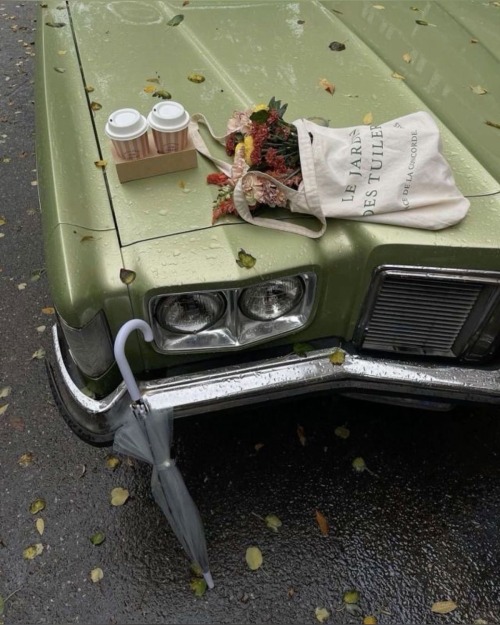





“Are you happy here?" I said at last.
He considered this for a moment. "Not particularly," he said. "But you're not very happy where you are, either.”
-Donna Tartt, “The Secret History”
children existing in public spaces is genuinely like. necessary for the continuation of society. it doesnt have to be your kids you dont have to volunteer at a daycare or whatever but you need to be able to tolerate the presence of someone who is learning how to exist as a human and interact with people
“Hey princess.”
“Don’t call me that.”
“Why not? You are a princess.”
“Of what, exactly? My whole kingdom and my people are gone. I don’t have anything to rule over, not anymore.”








